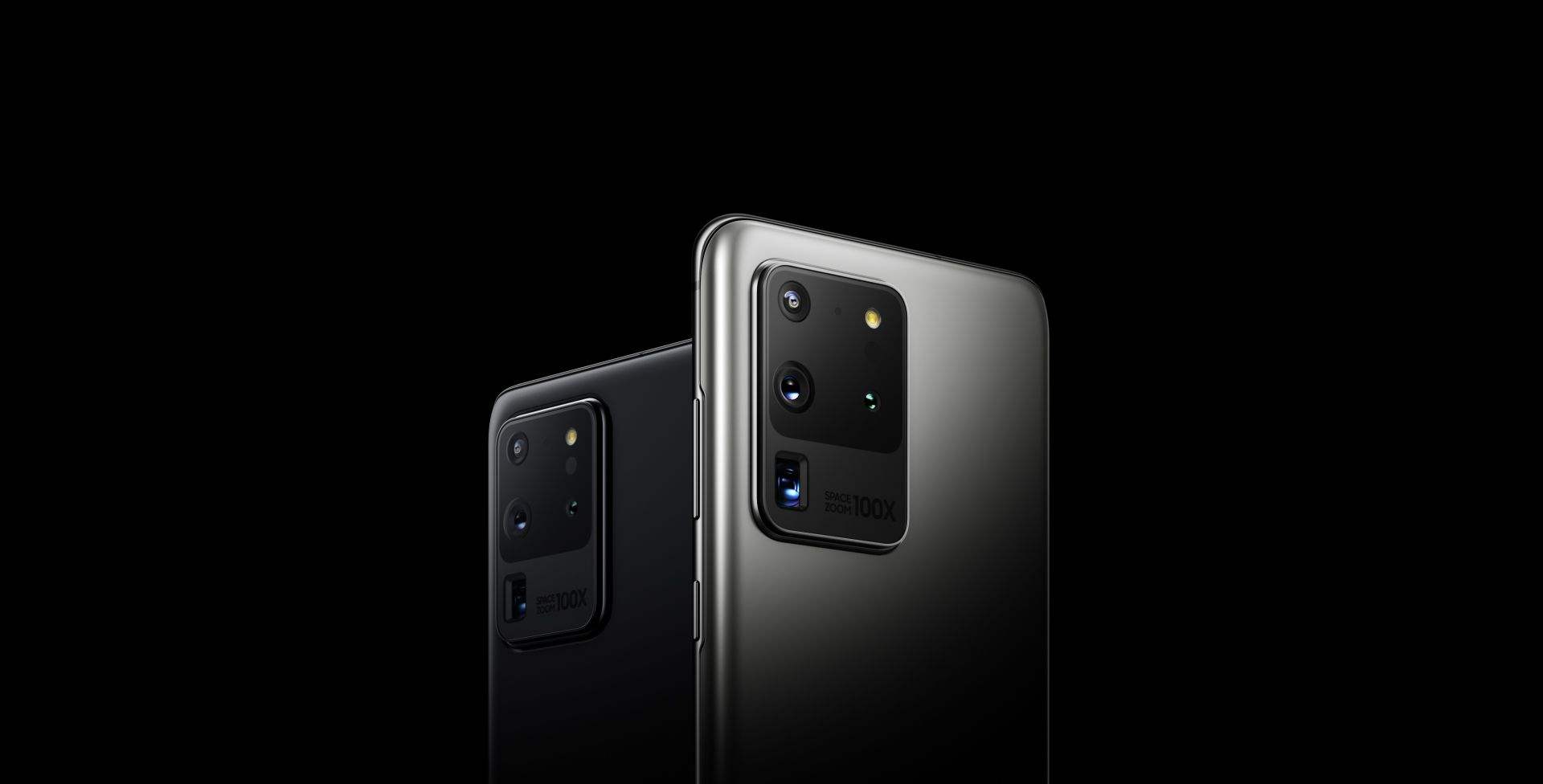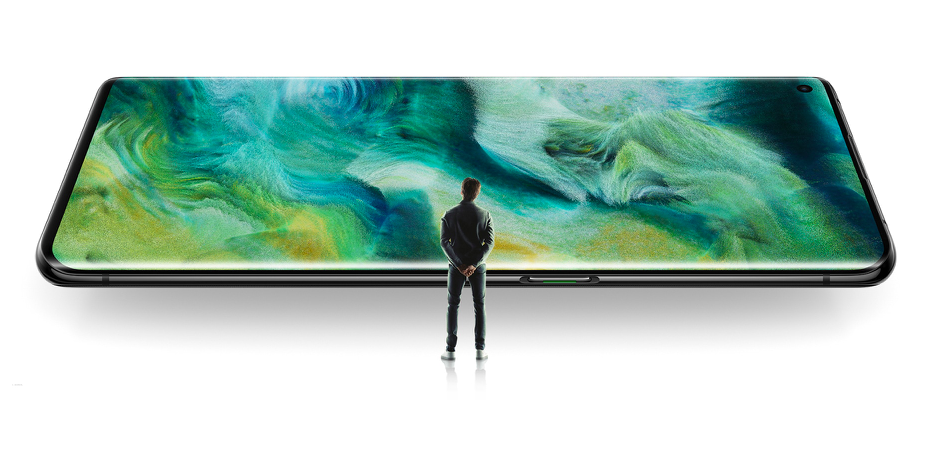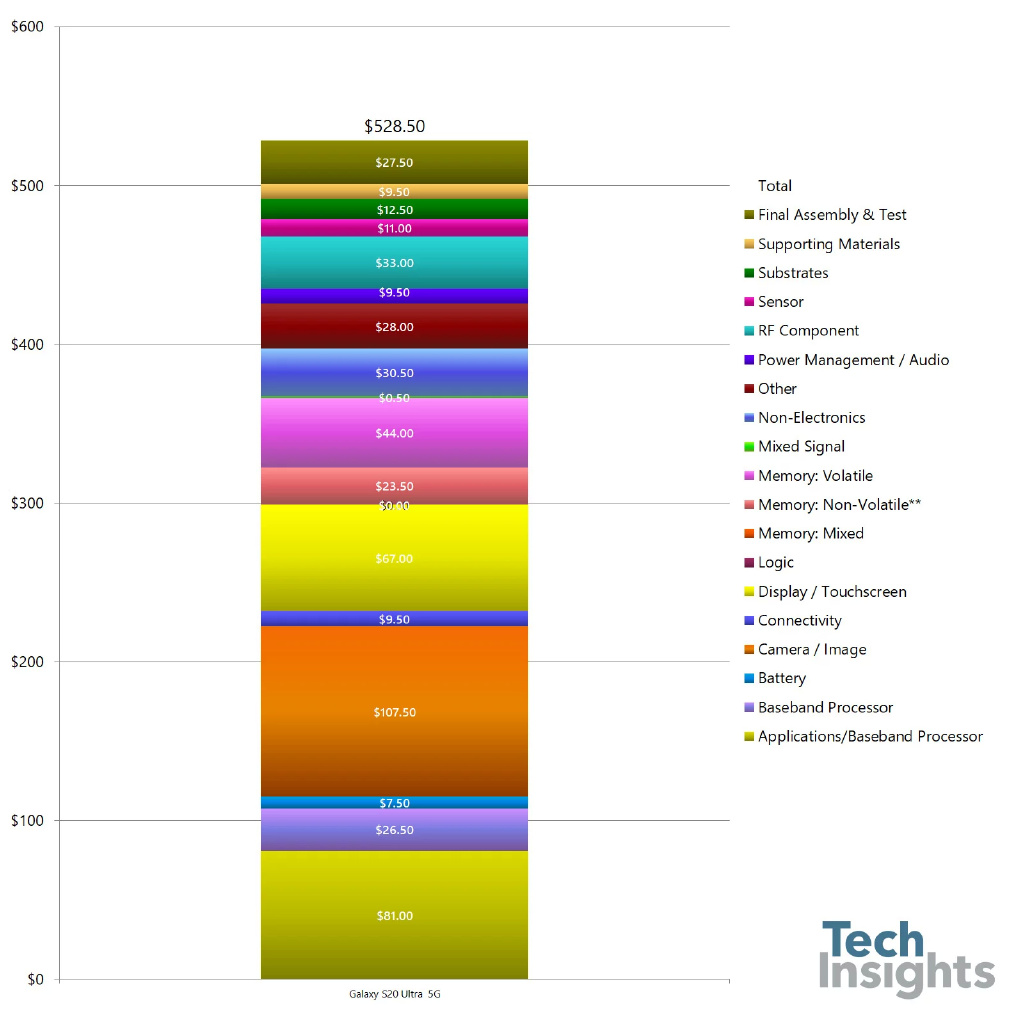Configuration of grass, but the price is not the same: Will Android manufacturers repeat Apple’s mistakes?
Text | Adjacent chapters
It’s time for the Android camp’s flagship phones to be released together. Since the launch of the Samsung S20 series in February, Xiaomi 10 series, iQOO 3, OPPO Find X2 series, etc. have arrived, and vivo NEX 3s, Huawei P40 series, etc It will also be released this month. Observing these Android flagship products that have arrived or are coming, we can find that they are becoming more powerful in terms of functions and hardware. At the same time, the price is so impressive that it is becoming more and more unaffordable. It seems that users are becoming Android flagships. The most intuitive feeling of mobile phones is that words such as “power dismissed, disturbed, old phones can still fight for two years, Apple flagship could not be bought before, now Android flagship can not afford it” and other words have become users in these new products Frequently used comments when prices are announced.

Indeed, from the perspective of price, this year’s Android flagship product is entering a substantial price increase: Samsung S20 Ultra starts at 9999 yuan, which is 3,000 yuan higher than last year’s Samsung S10 +; Xiaomi 10 Pro starts at 4999 yuan Compared to Xiaomi 9 Pro 5G, which increases by 1,300 yuan, OPPO Find X2 Pro starts at 6,999 yuan, and is 2,000 yuan higher than OPPO Find X. As for the historical products, the starting price of vivo and Huawei has exceeded 5,000 yuan, and its upcoming vivo NEX 3s and Huawei P40 series products are starting to reach new heights. It is also a high probability event.
Drivers of Android flagship price increase
Here is the question. What ’s the driving force behind this year ’s Android flagship product collectively entering the rising tide? In fact, if we observe the latest series of flagship products, we can find that the high degree of customization of 5G and key components is becoming a realistic factor that the starting price of flagship smartphones has increased significantly, and manufacturers have further affected the demand of high-end markets. Or the core driving force of the Android flagship Qi price increase.
1. High customization of 5G and key components brings soaring costs
Let ’s talk about 5G first. For this series of Android flagship products released today, Qualcomm Snapdragon 865 processor and 5G functions are becoming their standard. Although 5G does not bring substantial improvement to users at this stage, the cost increase brought to manufacturers is indeed real. Previously Lei Jun was on WeiboIt said that the cost of Xiaomi Mi 10 is higher than expected, and the price of the Snapdragon 865 processor is twice as expensive as the previous generation. Lu Weibing even directly talked about the interaction with netizens: Qualcomm Snapdragon 865 + 5G RF The cost is more than 1,000.
It can be seen that the Qualcomm Snapdragon 865 processor and 5G functions increase the BOM cost of smartphones. However, in the current highly competitive smartphone market, it is far from simple to stand out with 865 processors and 5G functions. . Entering the close-knit smartphone market is urging manufacturers to come up with more differentiated selling points, which has also led manufacturers to enter the stage of customization in the purchase of key components. The most notable ones are smartphone screens and imaging system sensors. And highly customizable camera modules.
As we can see, on smartphone screens, all manufacturers have entered a highly customized phase this year-Xiaomi customized a 6.67-inch 90Hz refresh rate and 180Hz sampling rate to Xiaomi on the Xiaomi Mi 10 Pro. Professional screens and OPPO also customized a 120Hz refresh rate 3K resolution hyperboloid screen to Samsung on the Find X2 series. Prior to this, vivo and OnePlus phones have entered the ranks of screen customization.

How much it costs to customize a screen, the price of each may be all different, but for reference: OnePlus has previously spent a hundred million to customize a 90HZ refresh screen to Samsung; vivo customized to Samsung The waterfall screen cost 200 million. It can be said that the more extreme the screen performance, the higher the price of customization will naturally be, and of course the rapid increase in BOM cost.
Beyond the screen, smartphone image sensors and camera modules have also entered a highly customized phase since Huawei launched the image arms race in the smartphone market. Nowadays, Android manufacturers can be described as a stack of imaging systems. It’s the best way to go-the Xiaomi Mi 10 Pro main lens exclusively uses the 108 million-pixel ISOCELL Bright HMX sensor developed by Samsung with a COMS size of up to 1 / 1.3 inch; the OPPO Find X2 Pro main lens debuts Sony’s custom IMX689 sensor, COMS size It’s also up to 1/4 inch. It is foreseeable that more customized large-size COMS is on the way.

And the large-size COMS, which is customized, launched or exclusive, and the multi-camera module bring the cost soaring. Lu Weibing said on Weibo, “Today’s single 100-megapixel module is more expensive than the 48 million three-camera module of the same period last year, excluding the other three modules and the cost of yield loss calibration of multiple modules. “
So how expensive is the camera module of a flagship product? Taking Samsung S20 Ultra as an example, the cost list listed by Tceh Insights shows that the BOM cost of Samsung S20 Ultra 5G version reaches $ 528.5, of which the BOM cost of the camera sensor module is the highest, which has exceeded the processor’s $ 81 and The screen’s $ 67 reached $ 107.5.

In fact, in addition to the three major pieces of processor, screen, and imaging system, the cost increase brought by LPDDR5 memory, UFS3.0, 3.1 flash memory and related research and development cannot be underestimated.
2. Fill the iPhone price vacuum belt and further impact the high-end market
The increase in BOM cost brought by core configuration enhancement is the realistic basis for this year’s flagship product price increase. However, with the improvement of configuration and performance experience, it has established a high-end brand image to fill the price vacuum band left by the iPhone. Or even the core driving force of the Android flagship’s sharp price increase.
As we can see, the current iPhone pricing system has caused a price vacuum band for iPhone products in the 6000 to 8000 range. Of course, Apple hopes to fill this price vacuum band by reducing the price of the old flagship, but in reality, It seems that the old flagships are difficult to fill this price vacuum zone, and this also provides an opportunity for Android flagships to “take advantage of the imagination”-providing stronger camera performance, charging experience, and relatively better price-performance ratio than iPhone entry-level products. Give users who choose to start iPhone products to choose Android flagship. From another perspective, impacting the high-end market has always been the mission that the Android camp needs to complete. And how to determine this is a high-end product, obviously the price is the most easy to understand measure.
Plant grasses, but prices are too low: Will Android manufacturers repeat AppleWhat happened?
With a stronger configuration and better photography, it brings a huge increase in price. This is the evolution path presented by the flagship product of the Android camp this year. This evolution path actually reminds me of the 2018 Apple Pricing strategy for iPhone XS and iPhone XR.
In that year, Apple released the Phone XS with a starting price of 8699 yuan and the iPhone XR with a starting price of 6499 yuan, trying to offset the high sales price of the product sales ceiling caused by the high sales price. But as a result, we have also seen that, in this year, relatively speaking, users did not buy Apple’s price increase. The direct consequences of this were frequent Apple cut orders, the stock price showed an inverted V-shaped reversal, and rare XR price adjustment, the industry has deep concerns about Apple’s future.
Learning from Apple, the pricing of the iPhone 11 released in 2019 seems a lot friendlier-its starting price is reduced by nearly 1,000 yuan compared to the iPhone XR. This move also made the iPhone 11 starting at 5499, even without 5G, only a dual camera and 828P resolution immediately became a real incense machine, very popular in the global market, dominating the global single sales leaderboard, even more so in the Chinese market With 5G and four cameras, the Huawei Mate 30 series, which was once in the DXO rankings, produced a strong suppression.
From the perspective of iPhone sales, we may find two major realities: First, even Apple ’s flagship products, users are still highly sensitive to their prices, and good prices can be delivered. Good friends; second, the current users may not value 5G and cameras as much as we think.
Under this reality, in contrast, the Android flagship that has suddenly increased prices and even surpassed the iPhone’s price. In the reality that there is no unique ecology and strong brand effects, do they create a new world or repeat Apple’s mistakes? Here, we may need to answer two questions: one is whether you are willing to spend one to two months’ salary to buy an Android flagship product; the other is when Android is bought at the same price as the new iPhone, or even more expensive than the new iPhone When it ’s more expensive, who do you choose?
Write at the end:
In recent years, whether Apple or Android manufacturers, the increase in product prices beyond the growth rate of user wallets seems to have become an irreversible reality. Of course, the reason why products are getting more and more expensive is that manufacturers’ pushing costs are getting higher and higher, especially on the push of cameras. It seems that they have entered some kind of endless cycle-more than just pushing. It is also necessary to pay consulting fees for evaluation machines such as DXOMARK in order to tune the camera to a higher score.
But for users, is this what they want? Maybe a small number of users are needed, but for the vast majority of users who scan a QR code and take a photoIt may not be necessary. Here, I personally hope that smartphone manufacturers can be freed from this kind of arms race, think about what users really need, what else really needs innovation, and what price range is the current users willing to pay for After all, the flagship also needs to measure. If the launch of the flagship is not for the purpose of measuring but only to support the facade and show muscles, then I personally think that releasing a concept product may be a better choice. Bottom line: Although it is not the manufacturer ’s problem that the price is too expensive to afford, it is our problem, but we also ask manufacturers to wait for users ’wallets.
Author: o Chapter [micro signal: ZLxgic public number: TMT317], attention smartphones, artificial intelligence, consumer & industrial Internet.